Sir, the most recent expansion of Hanoi's administrative boundaries in 2008 created new space for Hanoi to develop. What is your assessment of that expansion?
The decision to expand the administrative boundaries of Hanoi Capital in 2008 plays an important role and has great significance in many aspects for the long-term construction and development of Hanoi Capital.
Previously, the project to expand Hanoi Capital had been proposed for many years, with many experts discussing it enthusiastically and from many perspectives.
 |
| Mr. Pham Quang Nghi, former member of the Politburo , former Secretary of the Hanoi Party Committee |
At first, not many people agreed, especially with the decision to expand and merge the entire Ha Tay province, Me Linh district (Vinh Phuc) and 4 communes of Luong Son district ( Hoa Binh province). The scale of expansion and merger is quite large. The consideration and calculation of the expansion must come from a long-term vision to be able to understand, share and agree with the expansion and merger of the capital Hanoi since 2008.
Experiences and lessons from many provinces and cities that have merged before, in general, have been less smooth, more entangled. The general psychology is that when it comes to merging, public opinion is hard to agree. Therefore, the time of merging is filled with anxiety, worry, and concern about the new responsibilities and jobs of the majority of affected organizations and individuals.
However, the Hanoi Capital Expansion Project is the orientation to build the capital of Vietnam, in the future with 100 million people. At that time, Hanoi capital was only 94 km2, with a population of about 5 million people. This is not commensurate with the stature of the capital of a country with over 100 million people in the future. To build a civilized and modern capital, first of all, there must be enough space to implement the construction of civilized and modern goals.
In addition to being the national political and administrative center, the Capital is also a center of culture, economy, international exchange and cooperation. At the same time, there must be industry, trade and services, finance and banking, universities and modern hospitals. After its expansion to date and in the future, Hanoi is a unified body in terms of politics, administration, economy and culture. In terms of expanded space, the Capital has both urban and rural areas, and comprehensive environmental development...
The biggest difficulty is organizing the apparatus, arranging and assigning staff after the merger. Successful organization of the apparatus must first have the right orientation.
The merger was necessary for the common good of the country, not for the benefit of the capital Hanoi. The National Assembly voted in favor of the merger, and Hanoi City had to organize the implementation. The difficulties at that time were great, but thanks to the high determination and consensus of the people, after the merger, the old rural areas of Ha Tay developed many times faster and vice versa, the capital Hanoi also had space to develop.
When merging and expanding the administrative boundaries of the Capital in 2008, what issue impressed you most, sir?
The policy of expanding Hanoi was correct and necessary. The prominent and overwhelming feeling at that time was that the work pressure was both great, difficult and new. The two Executive Committees of the Hanoi and Ha Tay Party Committees merged into one, the two People's Councils now merged into one. Therefore, it was necessary to manage, assign, and delegate tasks, ensure the number of leaders, resolve policies, benefits, and obligations for cadres and workers... If the organization did not arrange cadres correctly, reasonably, fairly, and democratically, no one would dare to work.
However, with the spirit of "Solidarity, Cooperation, Responsibility", Hanoi has overcome these difficulties. Up to now, the most convincing evidence of the effectiveness of the merger and expansion of the capital's administrative boundaries is the increasingly prosperous socio-economy, national defense, security...
Currently, Hanoi is implementing the Capital planning to 2030 and vision to 2050. As a former Secretary of Hanoi, do you have any comments to contribute to Hanoi's worthy development, sir?
The goal of building a civilized and modern Hanoi, or as Uncle Ho wished, to become more and more dignified and beautiful, is an objective and inevitable orientation of the Capital. Therefore, the requirement of building a comprehensively developed Capital in terms of culture, economy, education and all aspects is an inevitable requirement.
Not only the Party Committee and people of Hanoi must fulfill that political task well, but also the central ministries, branches and localities, with the spirit of "Hanoi for the whole country, the whole country with Hanoi", need to strengthen solidarity, cooperation and concentrate resources.
In the coming time, Hanoi must definitely build more bridges across the Red River and need to have typical projects in economics, culture, trade, transportation... Among them, there are programs that Hanoi supports for the central budget, but there are also programs that the whole country focuses on giving priority to Hanoi.
Hanoi has the responsibility to lead by example, but also has the duty and responsibility for the whole country, with the whole country and vice versa.
Thank you very much!
Source: https://baothuathienhue.vn/chinh-tri-xa-hoi/theo-dong-thoi-su/ha-noi-phat-trien-khong-gian-xung-tam-thu-do-cua-ca-nuoc-146831.html




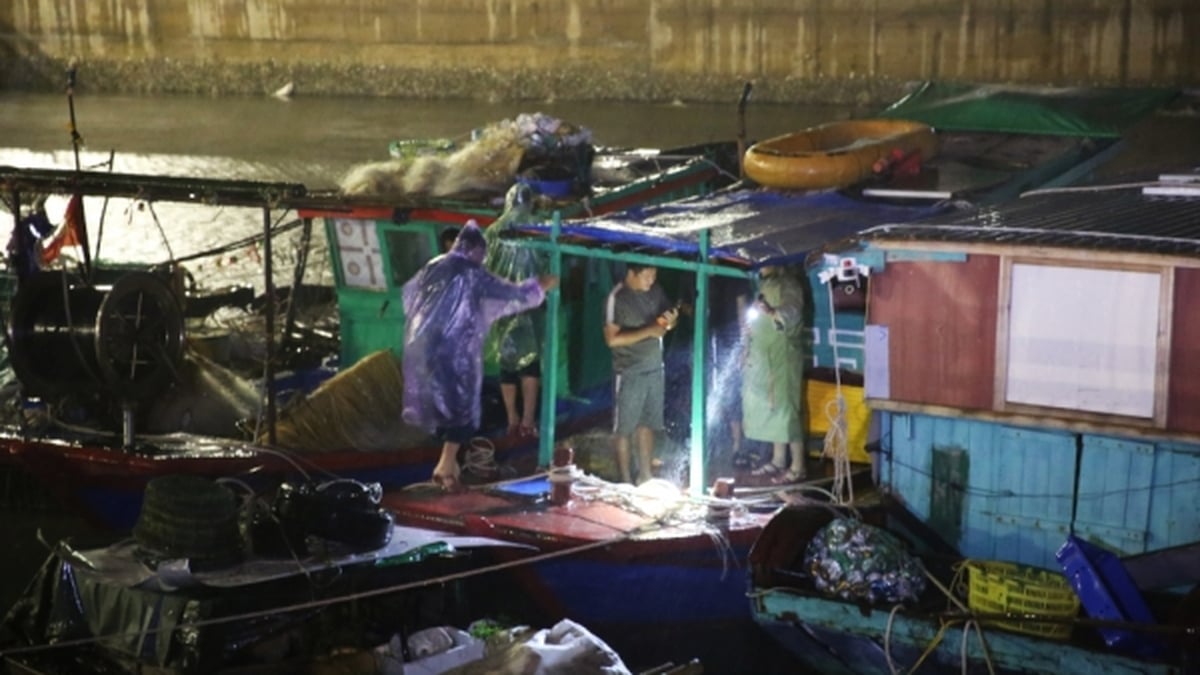
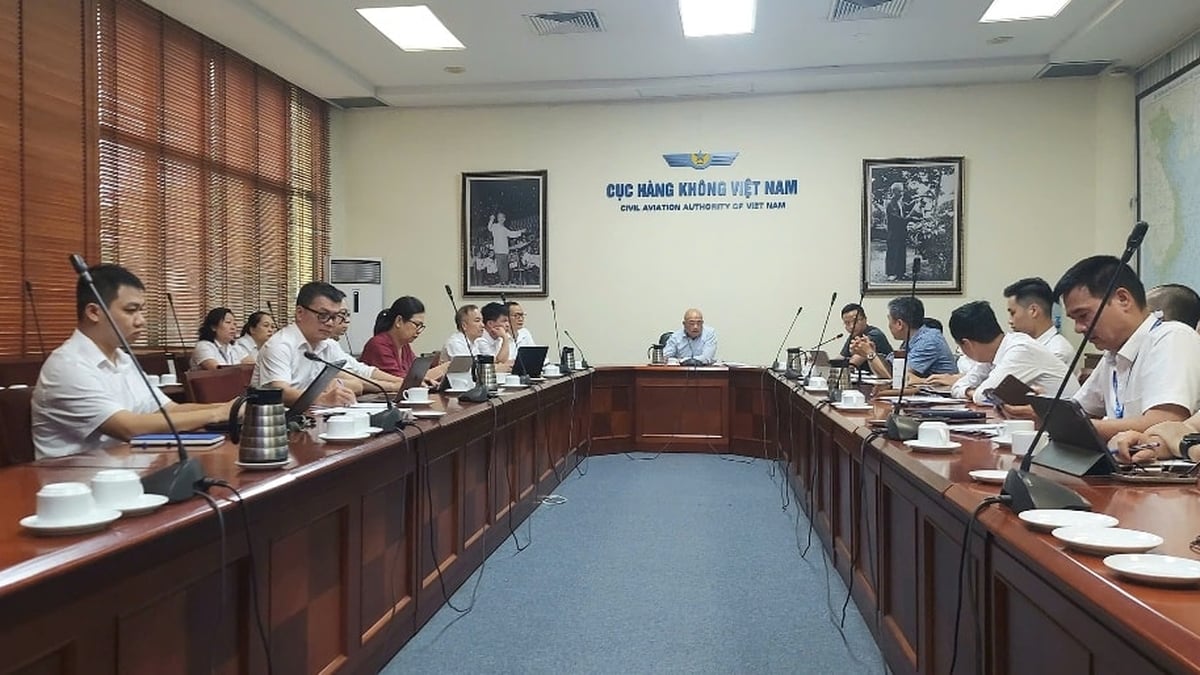
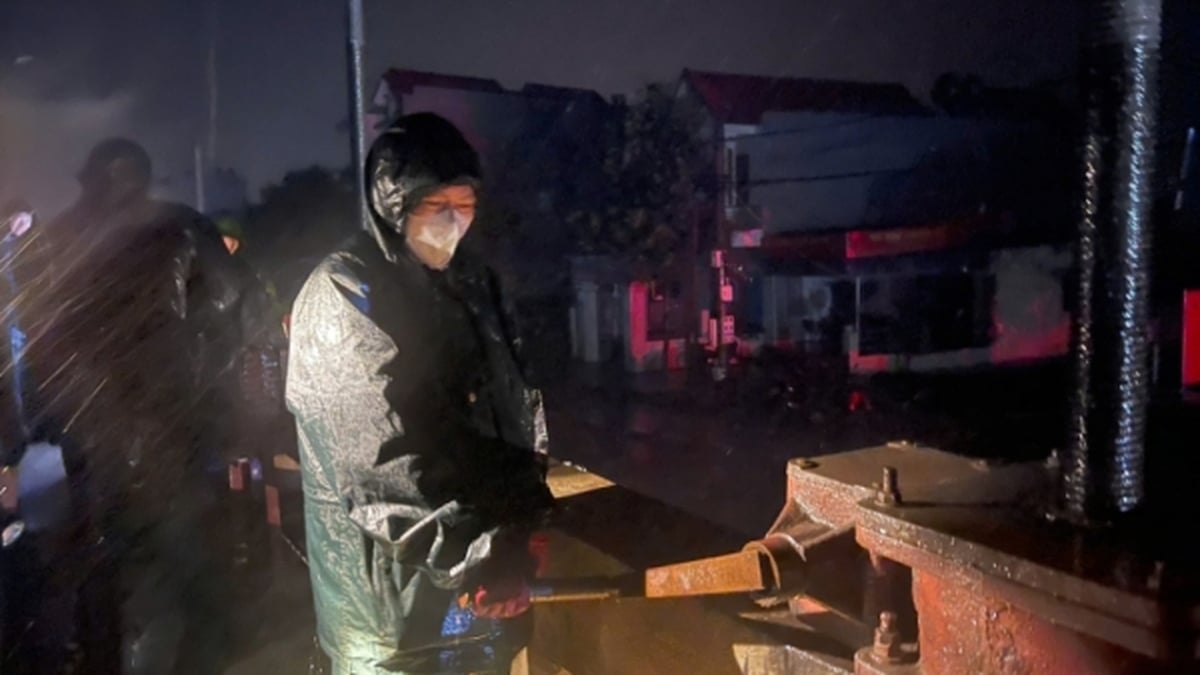
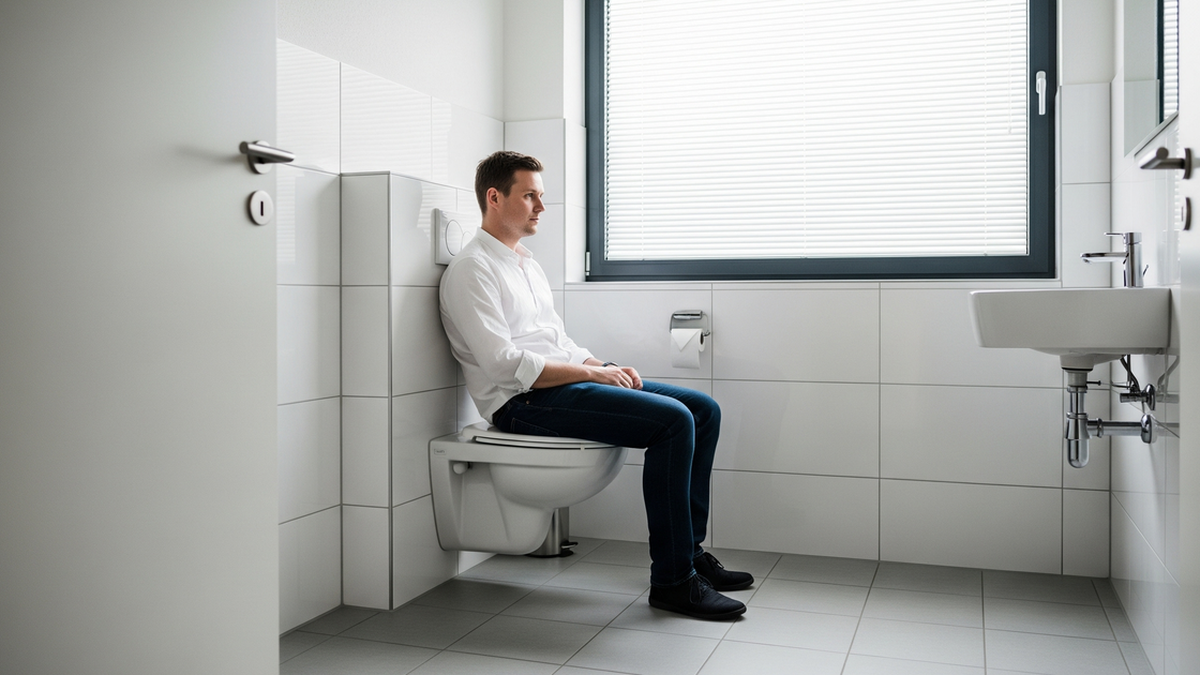
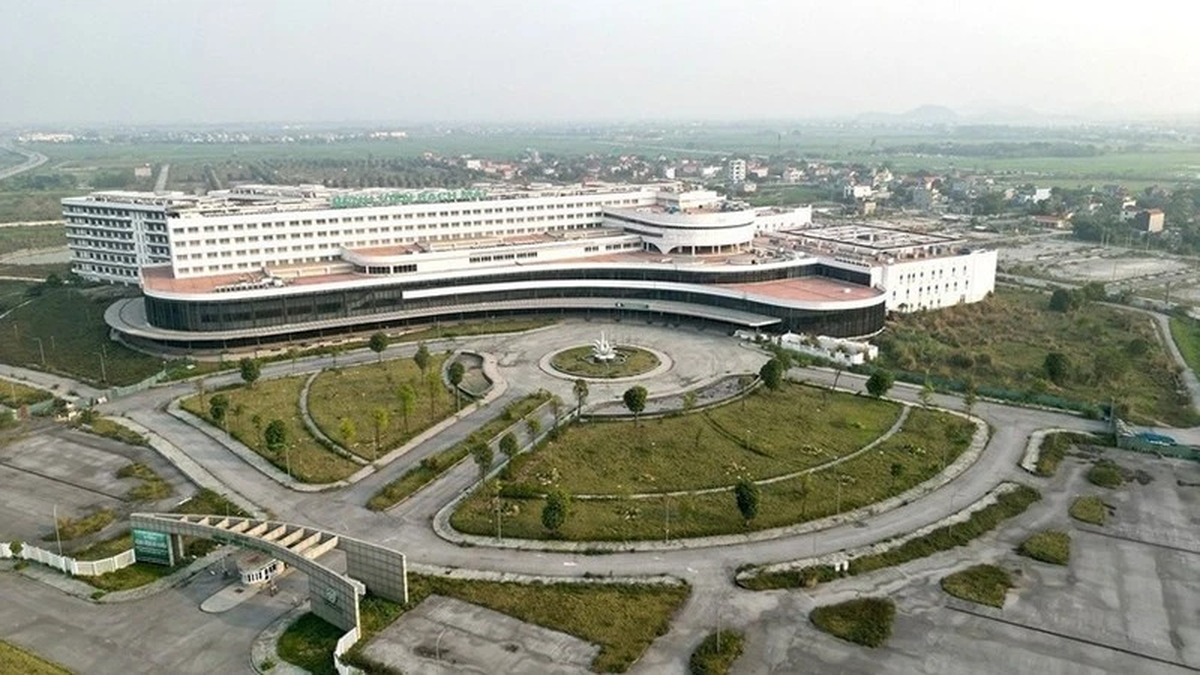
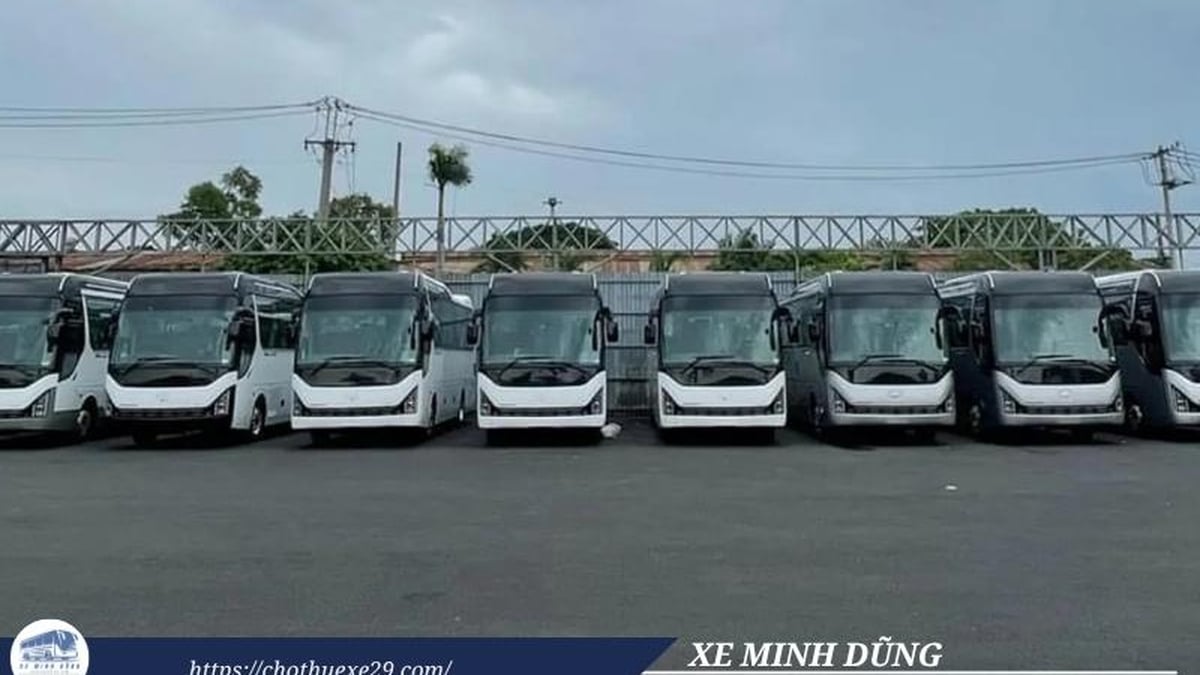
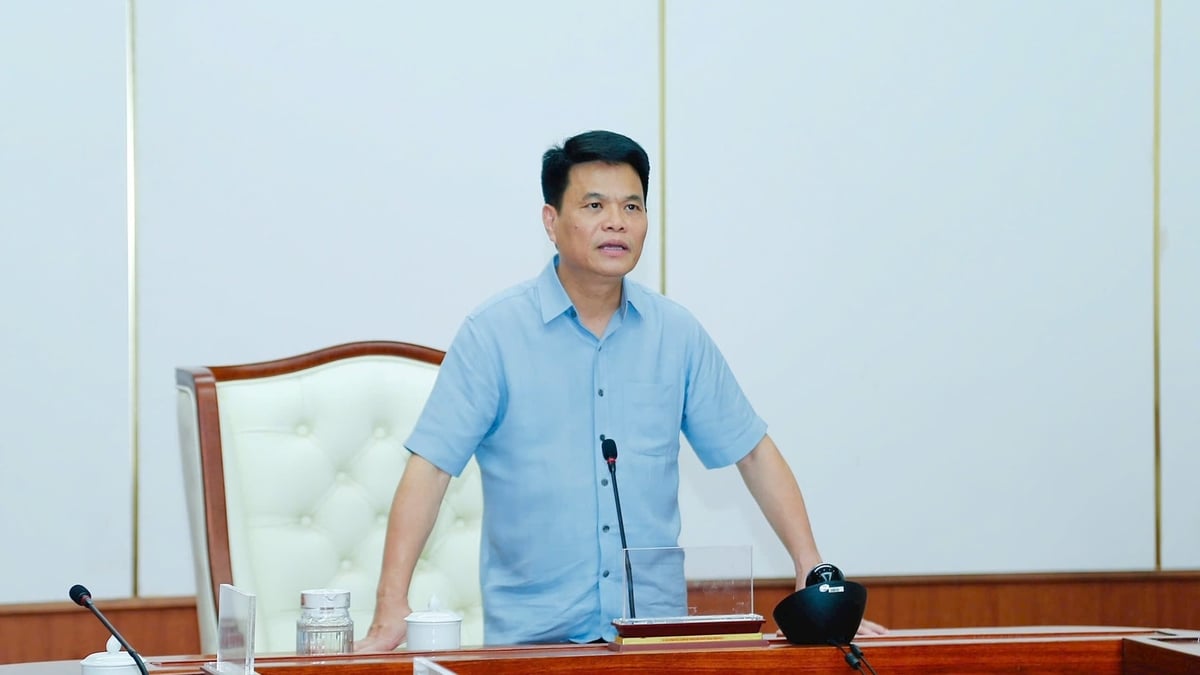
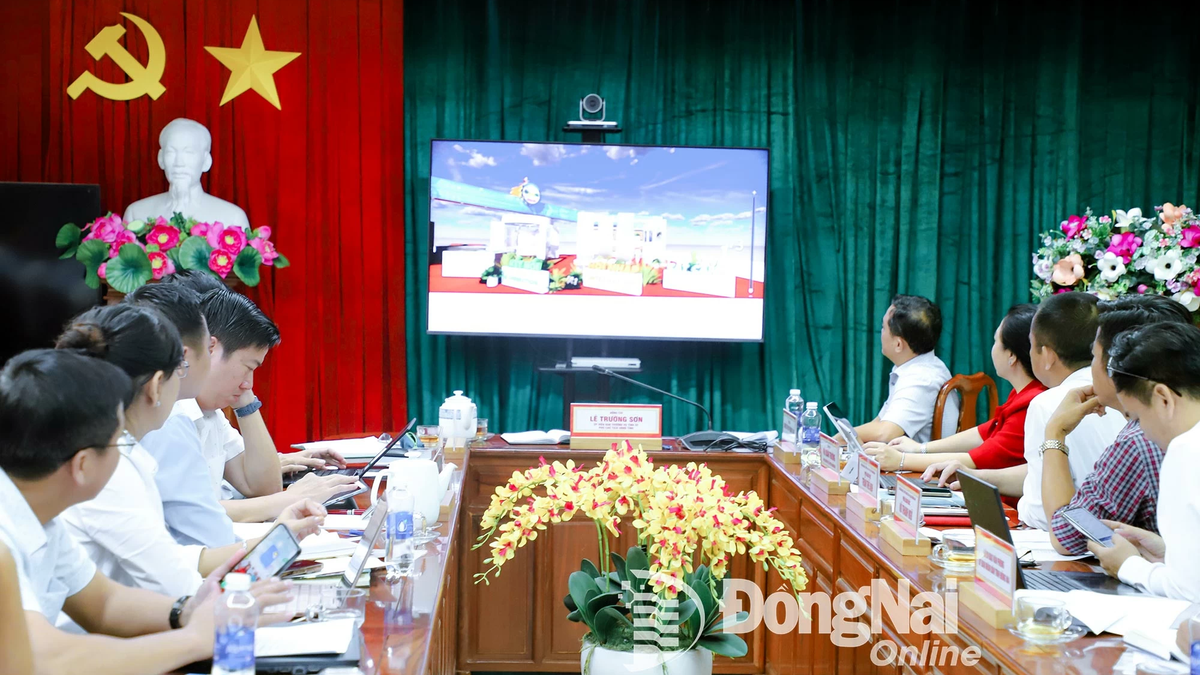

















![[Photo] National Assembly Chairman Tran Thanh Man visits Vietnamese Heroic Mother Ta Thi Tran](https://vphoto.vietnam.vn/thumb/1200x675/vietnam/resource/IMAGE/2025/7/20/765c0bd057dd44ad83ab89fe0255b783)
















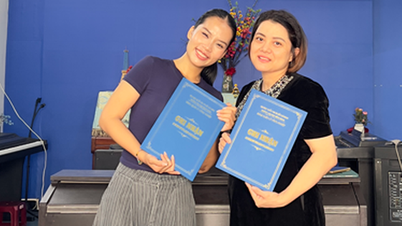















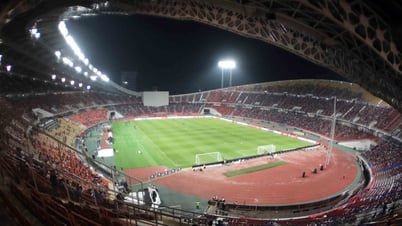

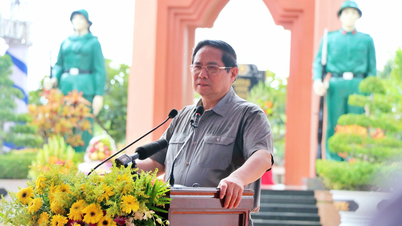
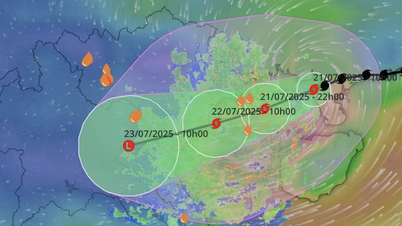

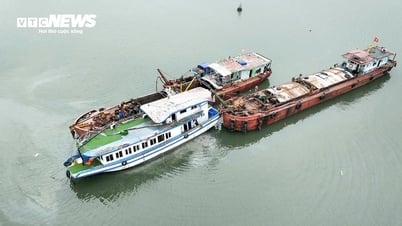


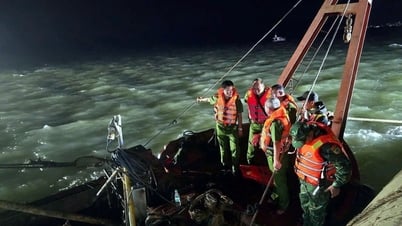
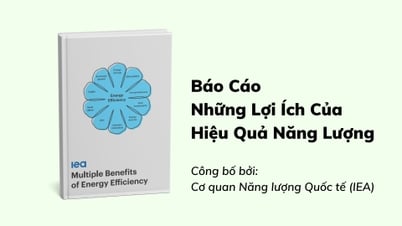

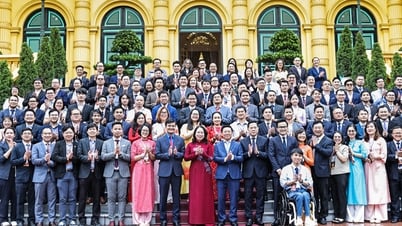

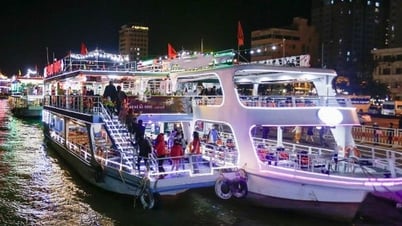

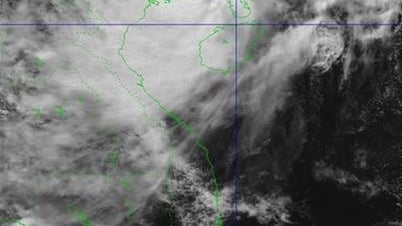
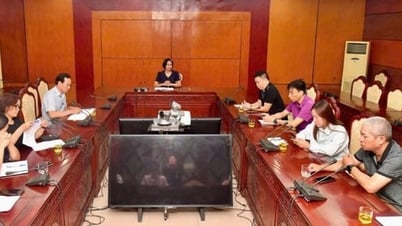


















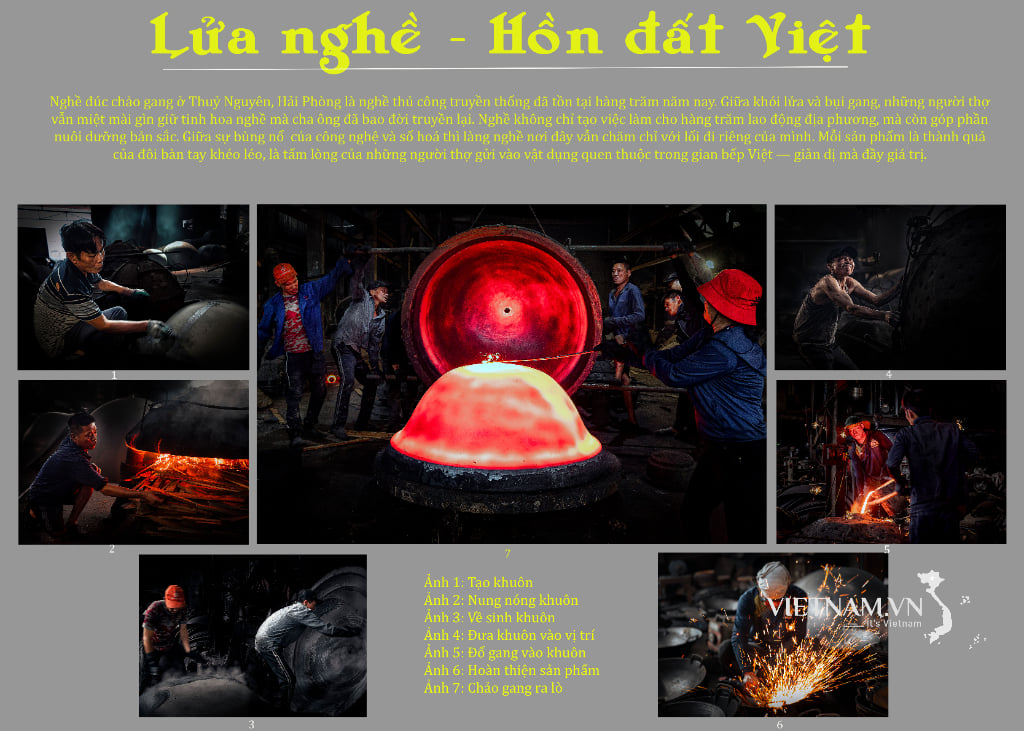
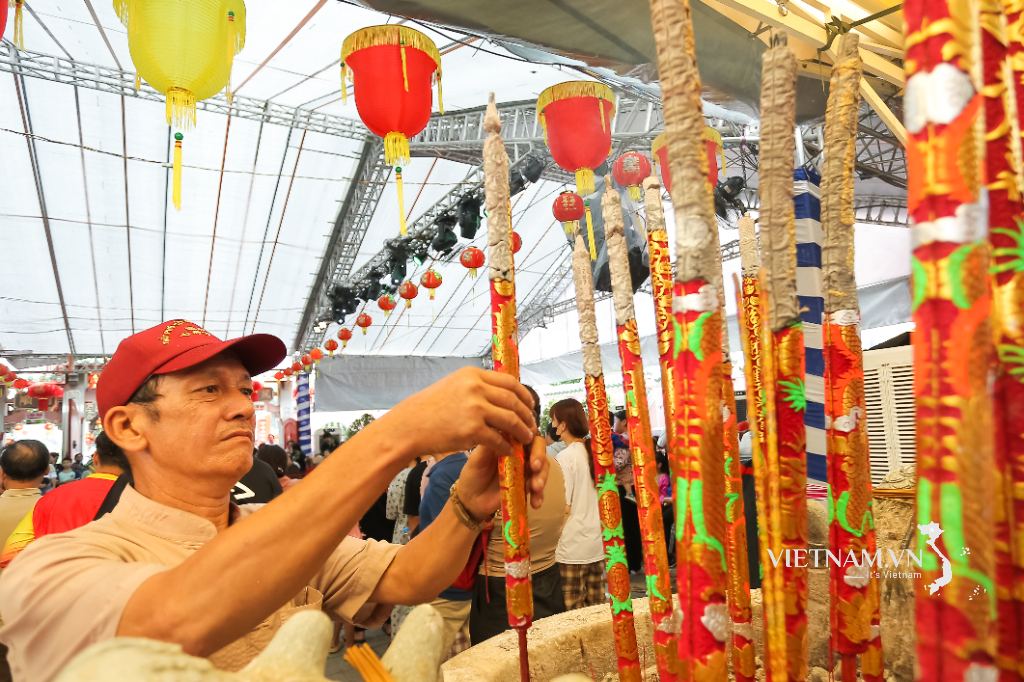


Comment (0)